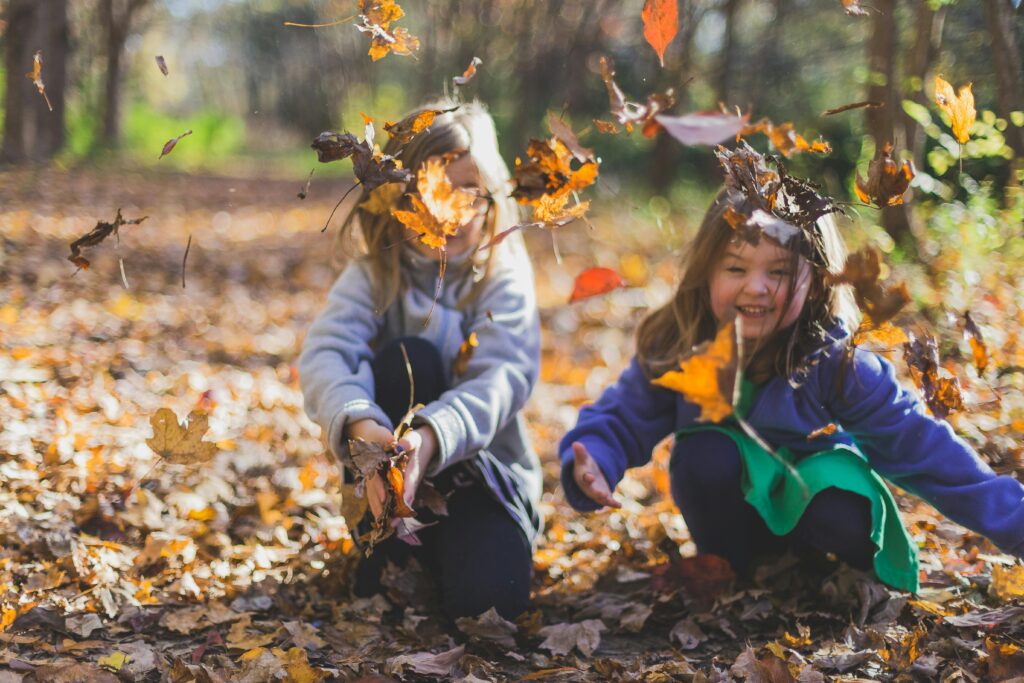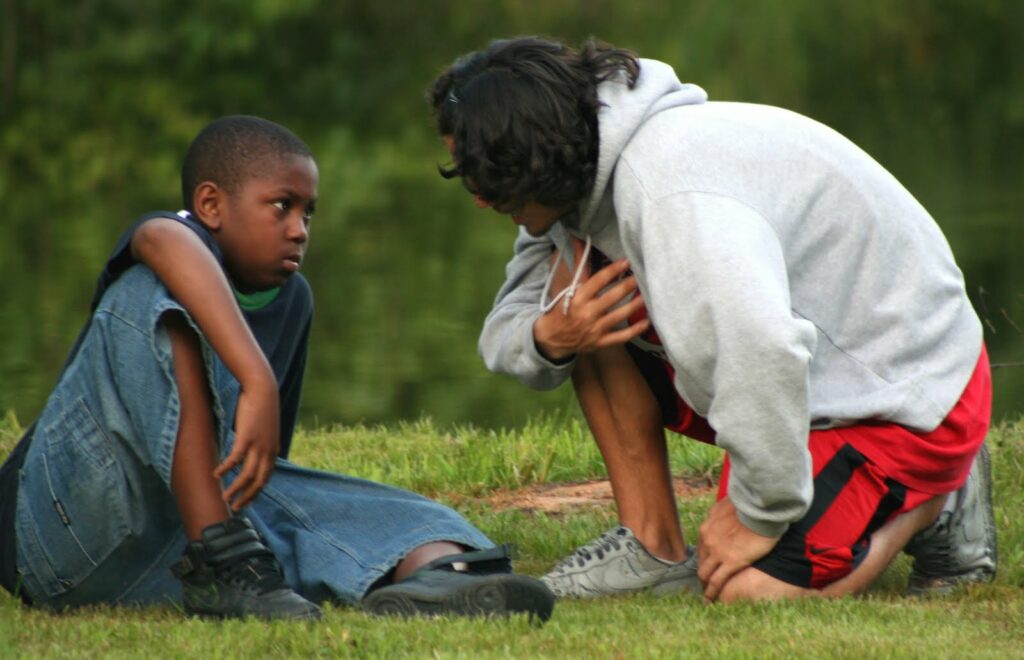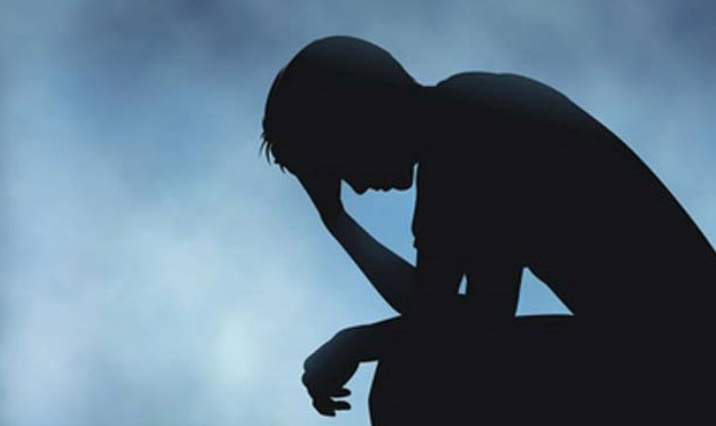Fall is a fun time of year with cooler weather, colorful leaves, and exciting holidays. But it also brings some safety risks that families should watch out for. Wet leaves can make sidewalks slippery, it gets dark earlier, and there are more chances for colds and the flu. In this article, we’ll share simple tips created by San Francisco State University’s Environment, Health and Safety to help your family stay safe and healthy all season long.
1. Be Careful with Heaters
Space heaters are one of the most frequent causes of house fires and burns. Though they do a great job of warming up a chilly room in the fall as temperatures dip, you need to practice caution. Be sure to leave plenty of room around the heater to avoid fires and give it room to vent. Never leave your space heater unattended and always turn it off when leaving the room for an extended period.
2. Give Your Furnace Tune-Up
Your furnace is essential when winter temperatures arrive. Autumn is a perfect time to check in on your furnace since you probably haven’t used it for several months. You may even want to contact a professional to give your system a check-up and ensure it is safe and efficient.
3. Keep an Eye on Your Candles
Candles can help add a cozy feeling to your home during the cool fall months. It’s important to remember that they are also an open flame. Candles can quickly get out of control if they are placed near flammable materials or get knocked over. Be sure to keep your candles away from such materials and in a place where children or pets can’t reach them. Always blow out your candle before leaving your home or going to sleep.
4. Beware of Slippery Roads
Although most people associate poor road conditions with ice in the winter, fall can bring its own set of problems. From wet leaves to fog and ice to rain, road conditions can be just as treacherous. Always be aware of this and monitor your speed and traction while driving. If you’re unsure, it’s better to slow down rather than risk getting into an accident.
5. Be Cautious Around Ladders
Ladders present a huge risk for falls and serious injuries. If you are using a ladder to help decorate your home or to do yard work, it is important to do so safely. Be sure your ladder is the right height and is placed on level ground following the manufacturer’s instructions. It’s also a good idea to always keep at least three points of contact with the ladder. Finally, avoid stepping on the top rung of the ladder to prevent it from tipping over. If possible, have someone with you when using the ladder. They can help to hold it steady and call for help if an accident happens.
6. Practice Trick or Treat Safety
Trick or treat is a fun activity for kids and the whole family to enjoy. Although the focus is on candy and spooky costumes, you should also keep safety in mind. Always accompany small children while trick or treating and ensure that costumes are bright or reflective and can be seen at night. It’s also important to avoid sharp props that can cause injuries. Finally, enjoy trick-or-treating candy in moderation to avoid stomach aches and blood sugar spikes.
7. Care with Pumpkin Carving
Carving a pumpkin is a classic fall activity. However, it can be dangerous if you aren’t careful. Never allow children to carve a pumpkin on their own. Sharp tools can lead to serious cuts. It’s also a good idea to use small carving tools from a pumpkin carving kit rather than a kitchen knife or larger blade.
8. Get Your Flu and COVID-19 Shots
One of the best ways to keep yourself healthy in the fall is to get your flu shot and your COVID-19 vaccine. The flu (and COVID-19) often gets pushed aside when talking about serious illnesses. However, it can be life-threatening, especially for the elderly and those with other medical conditions. Getting your vaccines this fall is quick, easy, and could save your life or the life of someone around you.
9. Set Back Your Clock for the End of Daylight-Saving Time
“Fall back, spring forward” is how you remember which way the clocks go in most of North America. In the same way that traveling to different time zones can impact your body’s internal clock, the bi-annual flip of the clocks can do the same, even though it’s only an hour. This can affect all of the things that are done on a schedule, like sleeping and eating, and the disruption can also impact your mental health. Go to bed at your normal time on Saturday night (do not adjust for the time change at 2 am). Wake up at your normal time, but adjust for the time change to ensure you get an extra hour of sleep. It’s important to go to bed at your normal time on Sunday evening as well, keeping your schedule as normal as possible.




